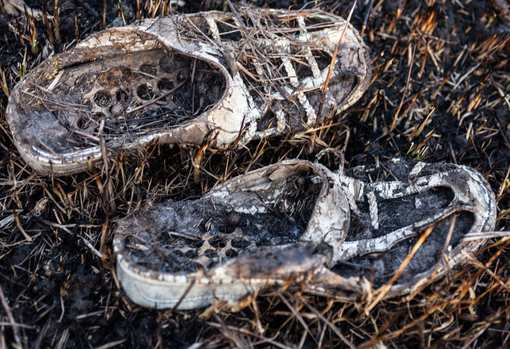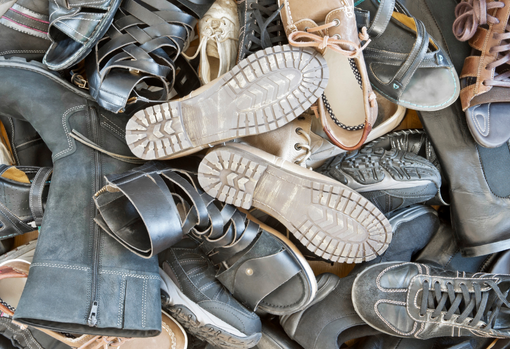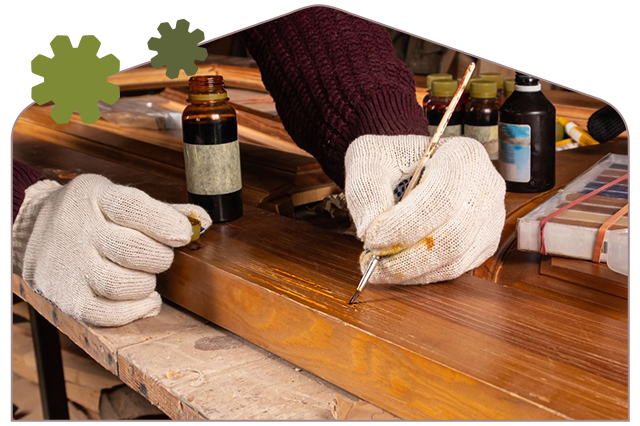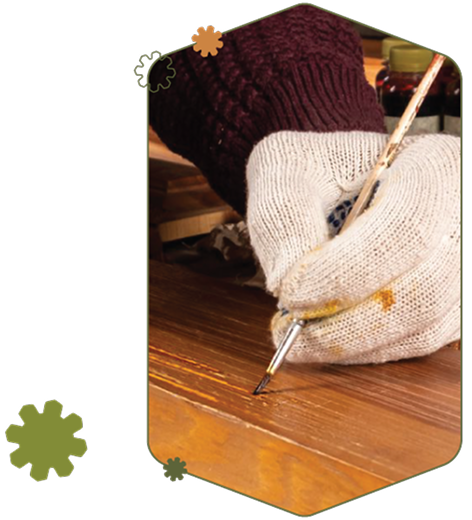In a world dominated by disposable fashion and fast footwear, it’s easy to overlook the environmental consequences of throwing shoes away.
Shoes, just like clothes, are an essential part of life in the UK, but they often face the fate of being discarded once they show signs of wear. The fashion industry, including footwear, is responsible for around 10% of global carbon emissions, and the UK alone discards approximately 300 million pairs of shoes annually (Western Riverside Waste Authority)
While a worn-out pair might seem like a minor inconvenience, the impact of shoe production and disposal is enormous. Repairing your shoes is one of the simplest ways to reduce your footprint, contribute positively to the environment, and support local craftsmanship.
Environmental Impact of Shoe Waste
Shoes are complex to recycle because they’re made from a mix of materials – leather, textiles, plastics, and metals. Separating these components for proper recycling is labour-intensive and costly, which is why many councils don’t accept shoes in their household recycling bins. As a result, the default route for worn-out footwear is incineration or landfill.
Beyond the waste issue, the manufacturing of shoes consumes vast amounts of resources, from water and energy to raw materials like leather and cotton. Every discarded pair represents not only waste but also wasted resources.
The environmental consequences of shoe production and disposal are staggering…
How Many Shoes Are Discarded Each Year?
Globally, approximately 22 billion pairs of shoes are sent to landfill annually, with 300 million of those from the UK alone. Over 90% of shoes produced each year end up in landfills, often within 12 months of purchase (Vivobarefoot, 2020).


The Carbon Footprint and Resource Cost of Shoe Production
Every discarded pair represents wasted resources. Manufacturing a single pair of trainers produces roughly 13 kg of CO₂ emissions, equivalent to running a 100-watt light bulb for a week (MIT, 2013). Shoes also consume large amounts of water, energy, leather, and cotton during production.
Decomposition Time: How Long Do Shoes Take to Break Down?
Shoes made from synthetic materials can take up to 1,000 years to decompose in landfill, releasing harmful chemicals and microplastics into the environment (BioFuture Additives).
Every pair repaired is one less pair contributing to these problems. Extending the life of your shoes is a direct action to reduce waste, pollution, and resource consumption.
How Repairing Your Shoes Helps
Repairing your shoes isn’t just about making them wearable again – it’s about giving them a second life and keeping them out of landfills. Cobblers perform essential work like:
· Resoling – Replacing worn-out soles with new ones, often better quality than the originals.
· Re-heeling – Fixing or replacing worn or broken heels to make shoes sturdy again.
· Stitching & patching – Repairing splits, tears, or loose seams in leather and fabric.
· Replacing zips & eyelets – Fixing broken zippers, buckles, or lace eyelets so shoes are fully functional.
· Cleaning, polishing & re-dyeing – Restoring colour, shine, and finish to make tired shoes look almost new again.
· Waterproofing & protective soles – Adding protective layers to help shoes last longer and resist wear.
· Insoles & comfort adjustments – Adding new insoles, stretching tight shoes, or adjusting fit for comfort.
In short: a cobbler doesn’t just repair shoes, they can upgrade, customise, and protect them, saving you money in the long run and massively reducing waste.


Small Steps, Big Difference
Repairing your shoes may be a small act, but multiplied across millions of people, it can make a huge difference. Keeping shoes out of landfill, reducing demand for new production, and valuing skilled trades are all part of a sustainable shift.
Even if repairing a pair of shoes sometimes costs more than buying cheap new ones, the environmental benefits far outweigh the financial comparison. Repairing shoes:
-
Reduces landfill waste
-
Saves raw materials and energy
-
Lowers carbon emissions
-
Supports the preservation of skilled craftsmanship
Next time a pair of shoes shows wear, think beyond price.
Every mended sole or stitched seam is a vote for sustainability and a refusal to participate in a throwaway culture. So instead of tossing out that pair with worn-down heels or loose stitching, take them to your local cobbler.
It’s a simple choice that helps the planet, supports local businesses, and extends the life of the shoes you already love.
Article suggestions for you
Nothing Found



